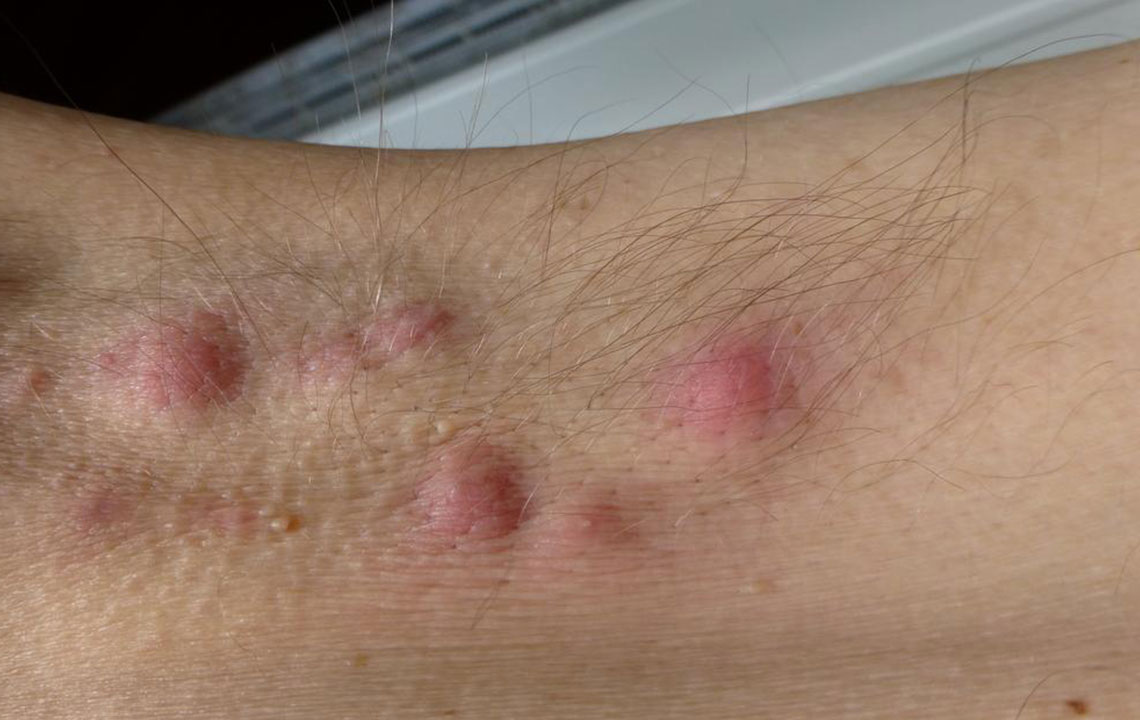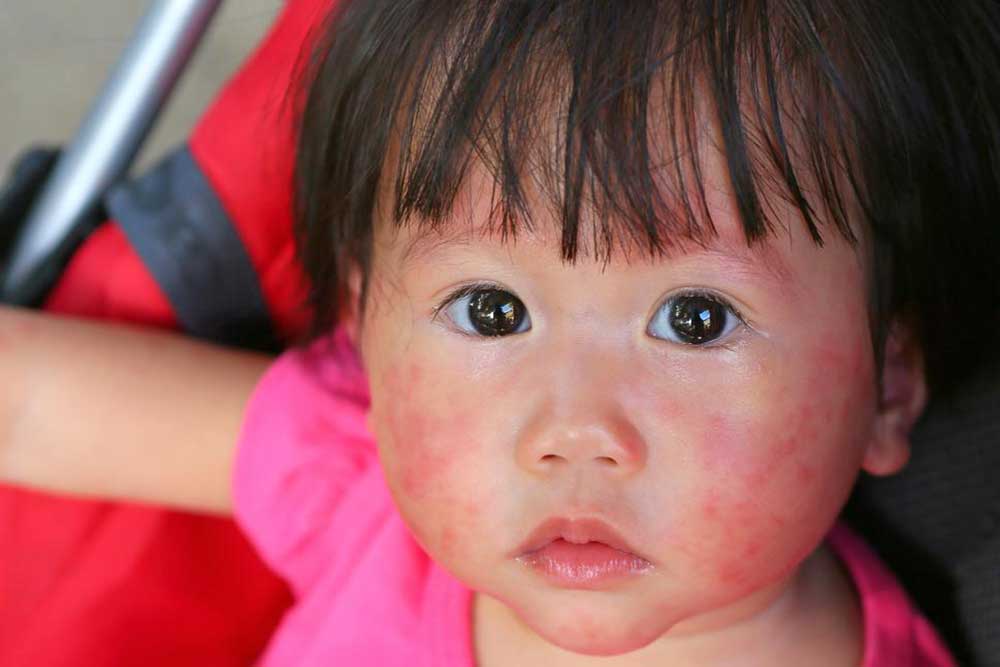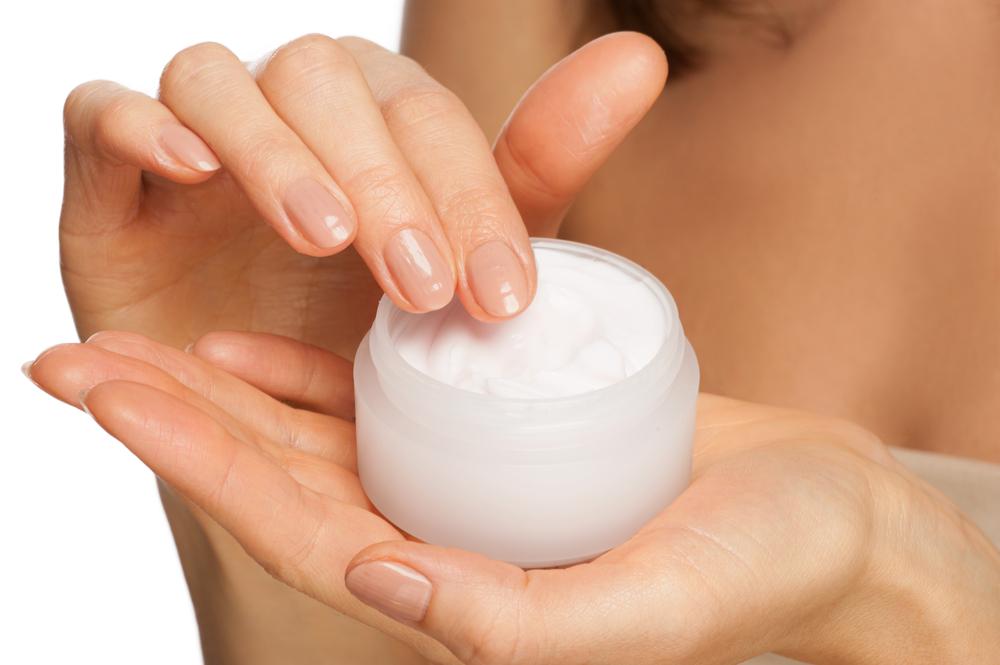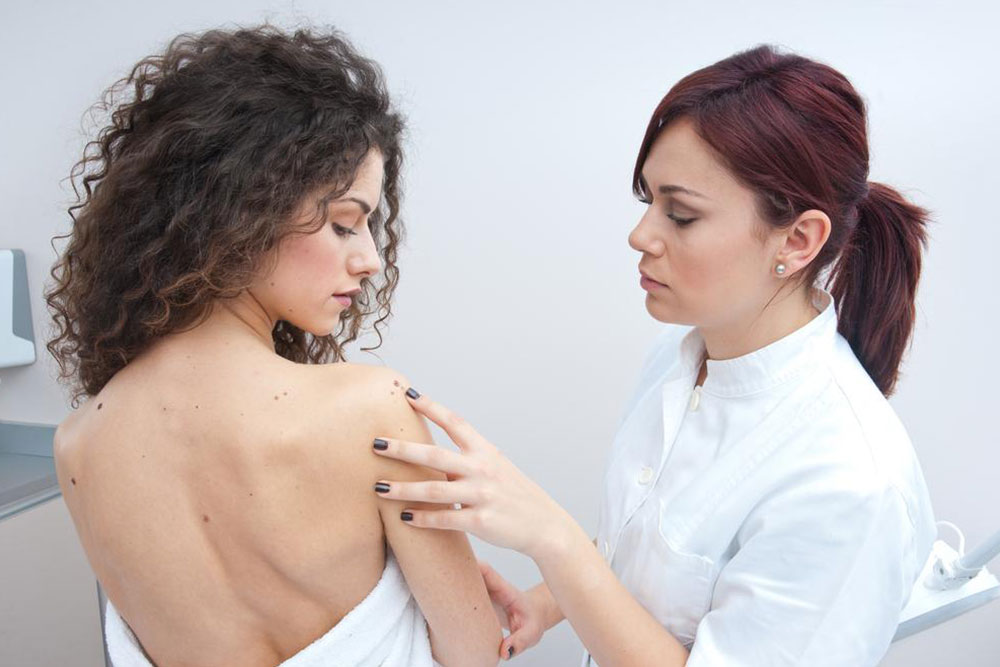In-Depth Guide to Managing Hidradenitis Suppurativa for Better Skin Health
This comprehensive guide covers the symptoms, causes, progression, affected areas, and treatment options for Hidradenitis Suppurativa (HS). Early diagnosis and proper management are crucial for controlling symptoms and improving quality of life. The article provides detailed insights for patients and healthcare providers to recognize HS and take proactive steps toward effective treatment, reducing complications and enhancing well-being.

Understanding Hidradenitis Suppurativa: Symptoms, Causes, and Effective Treatment Strategies
Hidradenitis suppurativa (HS), also known as acne inversa, is a chronic and often painful skin condition that significantly impacts quality of life. This complex disorder involves inflammation of the sweat glands, leading to the formation of painful lumps beneath the skin, primarily in areas where skin folds and experiences friction. These regions often include the groin, armpits, buttocks, and other intertriginous zones. As the disease progresses, these lumps can rupture, form tunnels, and emit foul odors, contributing to both physical discomfort and emotional distress.
Hidradenitis suppurativa typically begins during adolescence or early adulthood, with many cases influenced by genetic, hormonal, and lifestyle factors. Despite being a long-term ailment, early diagnosis and comprehensive management can significantly improve outcomes. Proper treatment helps control symptoms, prevent complications, and enhance the overall quality of life.
Understanding the key symptoms, disease progression, affected areas, and when to seek medical help is essential for managing HS effectively. This comprehensive guide aims to provide detailed insights into this condition to empower patients and healthcare providers alike.
Recognizing the Symptoms of Hidradenitis SuppurativaThe hallmark signs of HS involve inflammation in skin folds, manifesting as various lesion types that indicate disease activity. Recognizing these symptoms early can lead to timely treatment, preventing worsening of the condition.
Red, tender bumps: These are small, painful nodules that typically develop in skin folds. They tend to enlarge over time, often filling with pus. When drained, they emit a foul odor, which can be distressing. These bumps may also itch or burn, adding to discomfort.
Blackheads and dark spots: Blackheads, or open comedones, can appear in regions where skin has pitted or scarring. They often develop in double rows or clusters, hinting at follicular occlusion, a key feature of HS.
Painful lumps and abscesses: As the disease advances, persistent pea-sized lumps can become inflamed, swollen, and painful. These often respond poorly to routine skin care, requiring medical intervention.
Sinus tracts and tunnels: Chronic HS leads to the formation of interconnected channels beneath the skin, which can leak pus. These tunnels often take a long time to heal and are prone to recurrent infection.
Typically, HS begins manifesting between puberty and the age of 40. The initial symptoms might be mild, presenting as a single painful bump, but can develop into more extensive lesions over time. Certain factors, including obesity, heat, humidity, hormonal fluctuations, and friction from clothing, can exacerbate disease severity.
Progression and Stages of Hidradenitis SuppurativaThe progression of HS is gradual and varies among individuals. Left untreated, the lesions can enlarge, multiply, and create tunnels under the skin, leading to significant tissue damage. Healthcare providers classify HS into three stages based on severity:
Stage 1 (Mild): Characterized by isolated lesions without scarring or sinus tracts. Usually, patients experience intermittent flare-ups that respond well to treatment.
Stage 2 (Moderate): Features multiple inflamed nodules, small pits, and early sinus or tunnel formation. Disease may be recurrent and more resistant to treatment.
Stage 3 (Severe): Involves widespread lesions, interconnected tunnels, and significant scarring. Advanced lesions may leak pus and are challenging to treat effectively.
Monitoring disease progression with periodic photographs and clinical assessment helps manage treatment plans and improve patient outcomes. Early intervention during any stage can prevent further deterioration.
Commonly Affected Areas of Hidradenitis SuppurativaThe disease predominantly targets specific areas where skin interfaces with friction and moisture. These include:
Armpits (axillae)
Groin region
Under the breasts
Perianal region
Inner thighs
Buttocks
In more advanced cases, HS can spread to other regions such as the neck, face, back, and waist, complicating management and increasing discomfort.
When to Seek Medical Attention for Hidradenitis SuppurativaPrompt medical consultation can greatly influence disease course and patient quality of life. Seek professional care if:
A painful lump develops and persists despite home care
Symptoms do not improve within a few weeks of self-treatment
Lesions recur frequently or worsen over time
Multiple areas are simultaneously affected or rapidly progressing
Early diagnosis and intervention are crucial to prevent severe tissue damage, reduce the risk of infection, and improve overall outcomes. Management often involves a combination of medications, lifestyle modifications, and sometimes surgical procedures.
Understanding HS thoroughly enables affected individuals to seek appropriate care, adhere to treatment plans, and maintain mental well-being throughout their disease journey. With advancements in medical research and personalized treatment approaches, managing HS effectively is becoming increasingly achievable.





